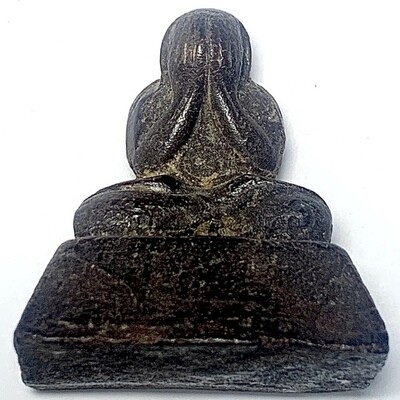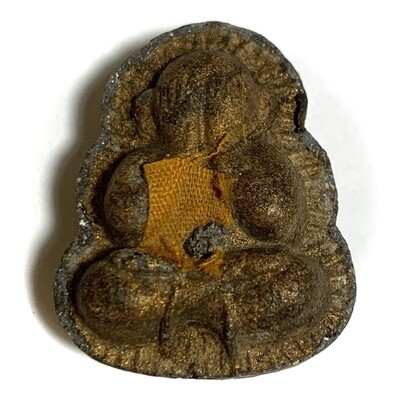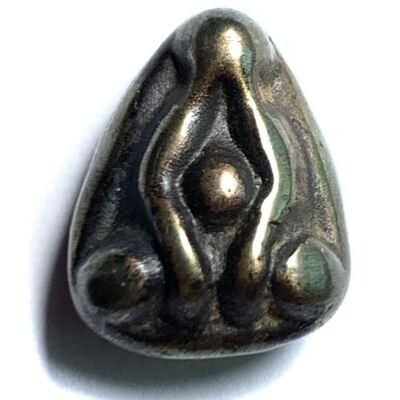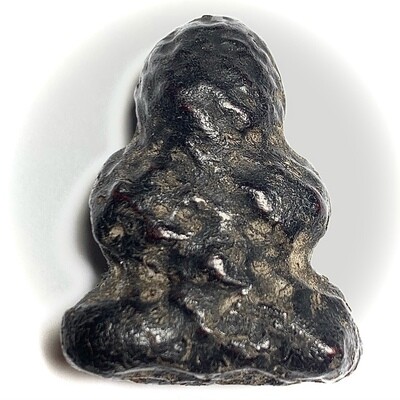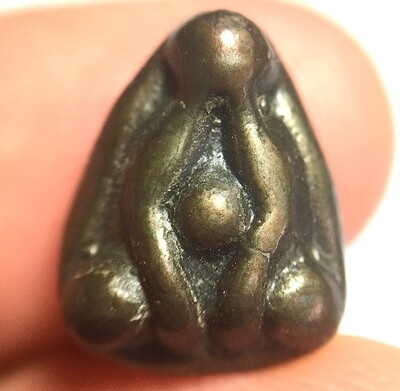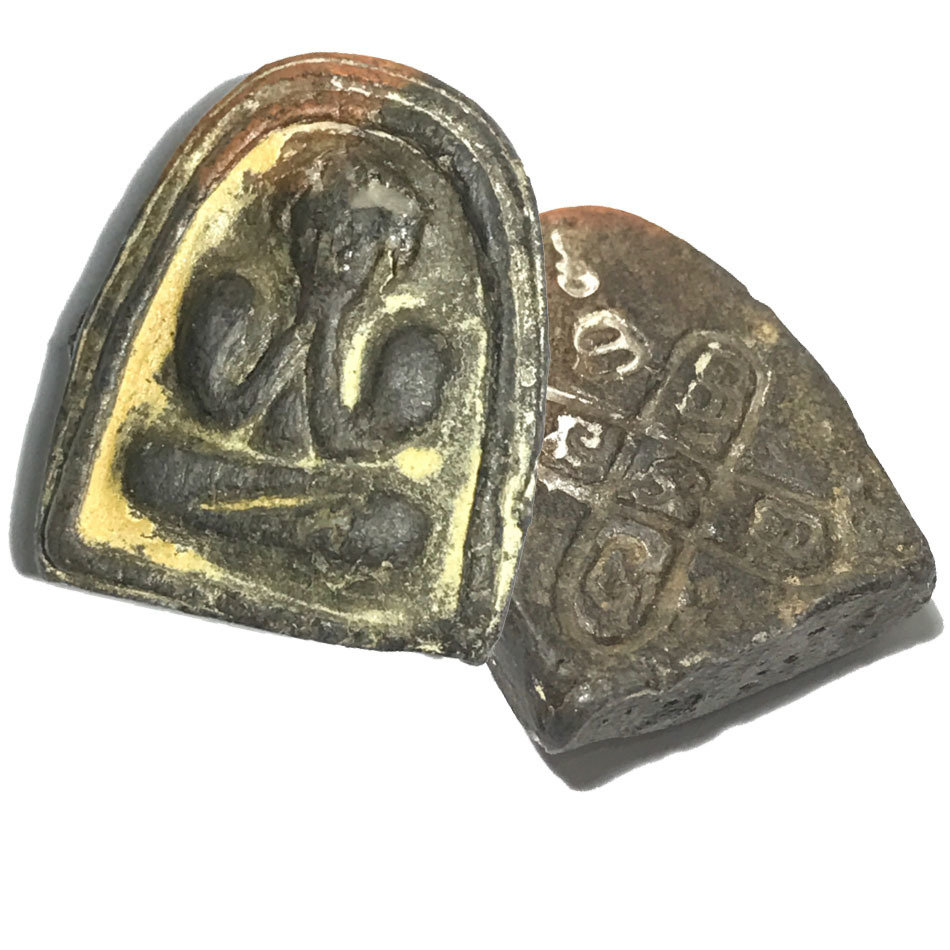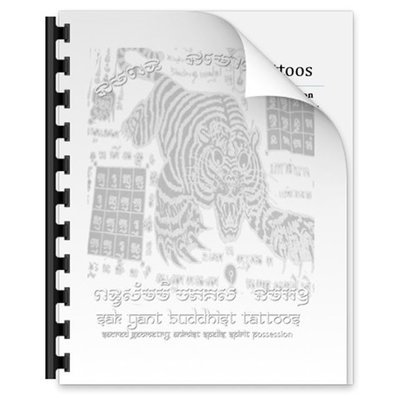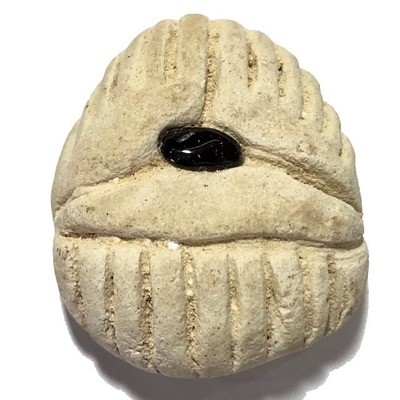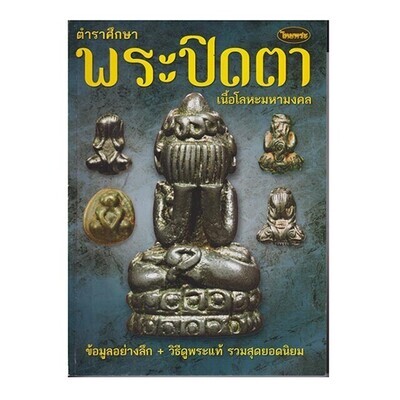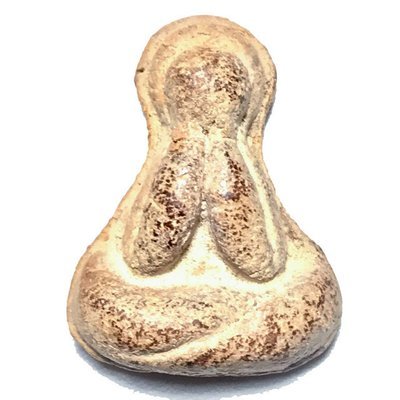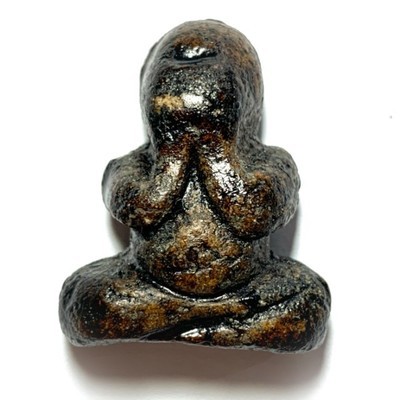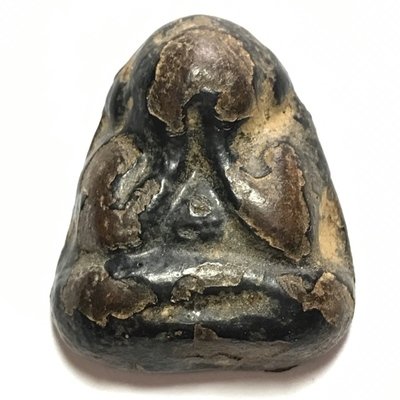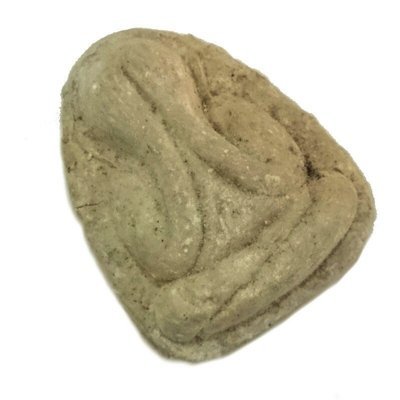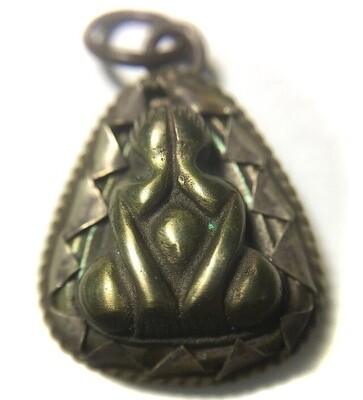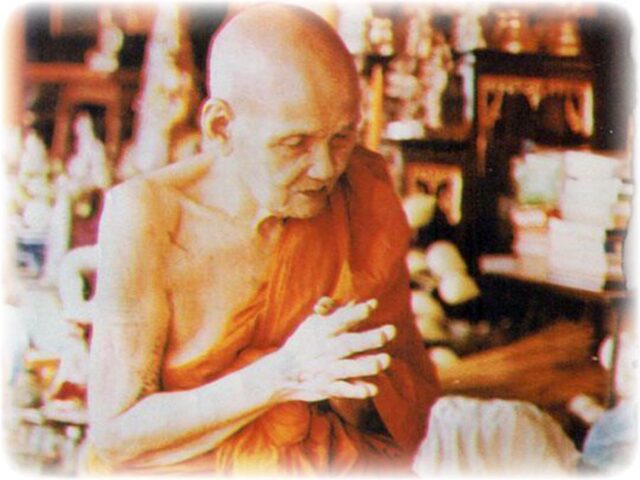
This list of Buddhist Guru Master monks will auto-update each time we add a new Master. Click each link in the list to view the amulets and read about each Guru Monk
- Ajarn Nong Wat Sai Khaw
- Luang Phu Yim Wat Nong Bua
- Luang Por An Wat Prayat
- Luang Por Daeng Wat Khao Bandai It
- Luang Por Glan Wat Prayat
- Luang Por Guay Chudtintaro Wat Kositaram
- Por Tan Nam Puttasaro Wat Don Sala
- Luang Phu Phueak Wat Ging Gaew
- Luang Phu Doo Wat Sakae
- Luang Por Chaeng Wat Bang Pang
- Luang Por Phaew – Wat Tanode Luang
- Luang Pu Seng Sopano Wat Kanlayanamit
- Luang Por Doon – Wat Buraparam
- Ajahn Chah Subhatto – Wat Nong Pha Pong
- Luang Phor Derm Phutthasaro of Wat Nong Pho
External Pages
- Luang Por Chuea Sugawanno (Wat Mai Bampen Bun)
- Luang Phu Nai – Wat Ban Jaeng (Ayuttaya)
- Luang Phu Rod (Wat Bang Nam Won)
- Luang Phu Kroo Ba Ban
- Luang Por Daeng Wat Khao Bandai It
- Luang Phor Noi Wat Dhamma Sala
- Luang Por Phang Jidtakudto
- Luang Phu Toop
- Luang Phu Yen
- Luang Por Parn Sunanto
- Luang Por Guay
- Luang Phor Sodh
- Luang Phor Raks (Wat Sutawat Vipassana)
- Luang Phor Kasem Khemago
- Luang Phu Kambu
- Luang Phor Chor
- Luang Phor Supot
- Luang Phor Simplii
- Luang Por Suang Apayo (Wat Chee Ba Khaw)
- Phor Tan Jao Khun Juea
- Luang Por Nok (Wat Sangkasi)
- Luang Por Lae Tidtappo (Wat Khao Song)
- Luang Por Hyord (Wat Gaew Jaroen)
- Luang Por Pring – Wat Bang Bakork
Pra Pid Ta Nak Glam Hlang Yant Grabong Khwai Pim Klang - Luang Phu Jao Khun Sri - Wat Ang Sila
Pra Pid Ta Pim Nak Glam Hlang Yant Grabong Khwai Sacred Powder Nirodha Buddha Votive Tablet with Cross Barrels Yantra on rear Face, Pim Niyom Early Era amulet, from the Great Luang Phu Jao Khun Sri, of Wat Ang Sila, in Chonburi.
This very rare and classic amulet of the Master-Class, was made in 2500 BE. The rear face has the Yant Look Om Yantra, or otherwise called 'Yant Grabong Khwai', which means 'Yantra with two crossed clubs' embossed on it. The Yant is also sometimes called 'Grabork Khwai' which means 'crossed tubes' or can even mean 'two crossed gun barrels'.
The amulet is made from very sacred ingredients, and contains sacred powders from the Great Luang Por Gaew (Famous Maker of the world famous 'Pra Pid Ta Hlang Baeb' amulet). A Large size Somdej, hand pressed in the manner of the Era it was made in, over half a Century ago.
An absolute Classic, a Prizewinner, and an Extremely Essential Rarity of the amulets of Wat Ang Sila, and perhaps Jao Kun Sri's Heritage for Classic Buddhist Amulet Devotees of Future Generations to Wonder At its Sacred and Historical Value, Miracle Power, and Immense Beauty. The rear face of the amulet bears the Sacred Yant Grabong Khwai, with Wicha Pra Jao Ha Pra Ongk 5 Dhyani Buddha Invocation.
Below; Tan Jao Khun Sri - Wat Ang Sila
Pra Wisutti Samajarn, or, 'Tan Jao Khun Sri', is the deceased ex Abbot of Wat Ang Sila, and Archbishop of Chonburi Province. Luang Phu Sri was a very highly revered Monk of the Province, renowned for his Wityakom Buddha Magic.
Tamniab Wadthumongkol
The Pantheon of Pra Pid Ta Amulets of Luang Phu Sri
Luang Phu Sri of Wat Ang Sila, in Sri Racha, Chonburi, made his first edition of his famous Pra Pid Ta amulets in the year 2500 BE, along with the Paetchaleek 2nd edition series amulets. He made 5 different Pim (design models) in this first edition of Pra Pid Ta;
1. Pra Pid Ta Hlang Baeb Lacquered Sacred Powder Nirodha Buddha with indented mirror image in rear face. Only a very few of this model were made, which gave this model the name of 'Run Long Pim' (Blueprint Block press). 'Long Pim' means that it was the first block press made for Luang Phu Sri to examine and comment, and give insights, before the pressing of the official edition. Luang Phu Sri decided that this pressing could be redesigned again for the official issue, and so this first press 'Long Pim' models were only made in very few numbers, and not included in the official release.
2. Pra Pid Ta Hlang Yant Grabong Khwai Nirodha Buddha with 'Crossed Clubs' Yantra on rear face. The block press of this model broke after 2 days, once more causing this Pim to be pressed in very limited numbers.
3. Pra Pid Ta Hlang I A - Niroda Buddha with "I" and "A" Agkhara on rear face. This block press also broke after a few days, and the next Pim model was made with a new block press in continuation.
4. Pra Pid Ta Hlang Riab - Nirodha Buddha amulet with smooth rear face. This model had no symbolism on the rear face, after the block press for the Pra Pid Ta Hlang Yant I-A broke.
5. Pra Pid Ta Pim Mae Krua (also called 'Pim Jiw' - this was a small Pim for distribution the the female laity.
A second series was then pressed around 2505-2506 BE, with the following models (Pim);
1. Pra Pid Ta Nak Glam Yai Hlang Yant Grabong Khwai - large size Nirodha Buddha with Crossbar Yantra on year face.
2. Pra Pid Ta Pim Nak Glam Klang Hlang Yant Grabong Khwai - medium size model Nirodha Buddha with Crossbar Yantra on year face. Some exhibits were painted with coloured laquers, or gold leaf, and others were left without any coating.
3. Pra Pid Ta Pim Nak Glam Lek - small size model Nirodha Buddha with Crossbar Yantra on year face. Some exhibits were painted with coloured laquers, or gold leaf, and others were left without any coating.
Luang Phu Sri's third edition was released around 2507 BE, and known as the 'Run Surapon' Edition, and had two different Pim;
1. Pra Pid Ta Pim Surapon Yai - Pim Niyom preferred amulet of Master Class - large size model Nirodha Buddha with Crossbar Yantra on year face.
2. Pra Pid Ta Pim Surapon Lek - small size model Nirodha Buddha with Crossbar Yantra on year face.
All three editions are Pim Niyom preferred amulets of the Masster Class Category of Chonburi Masters, and are much more highly valued and sought after than later editions of this Master, for all the first three editions were made during the early era of Luang Phu Sri's trajectory.
The Pid Ta Hlang Baeb and other amulets of the first edition is the most highly favoured of all along with the Paetchaleek 2 Edition amulets, for they both contain the same Special Muan Sarn Sacred Powders which made these amulets so powerful. The first edition series are also the most difficult to find (extremely difficult), and are amongst the hardest to find amulets.
